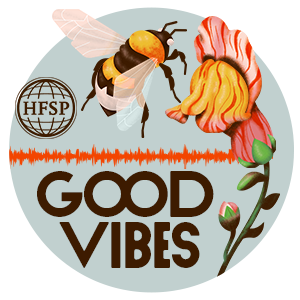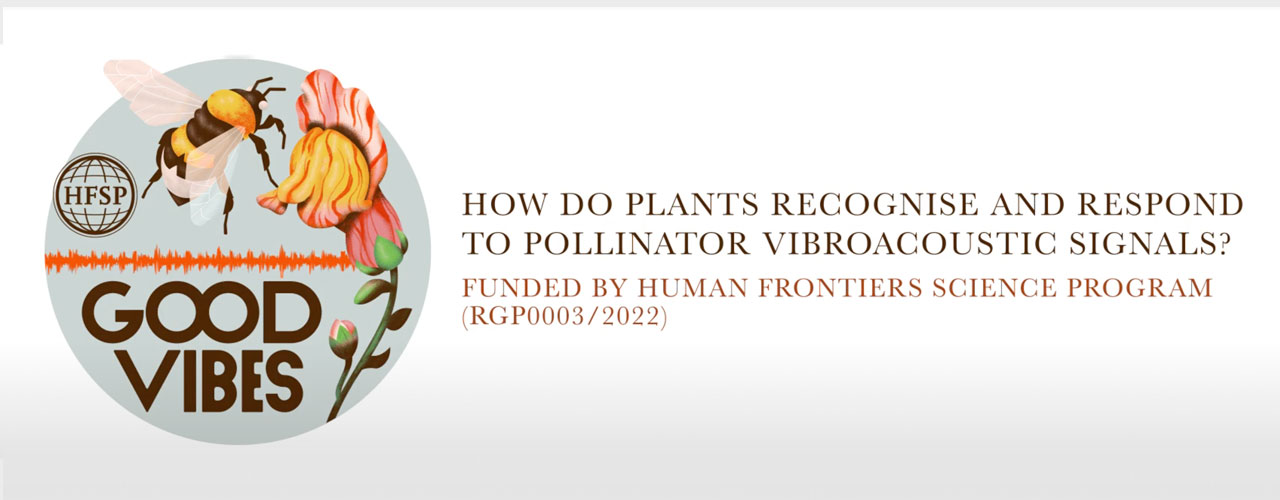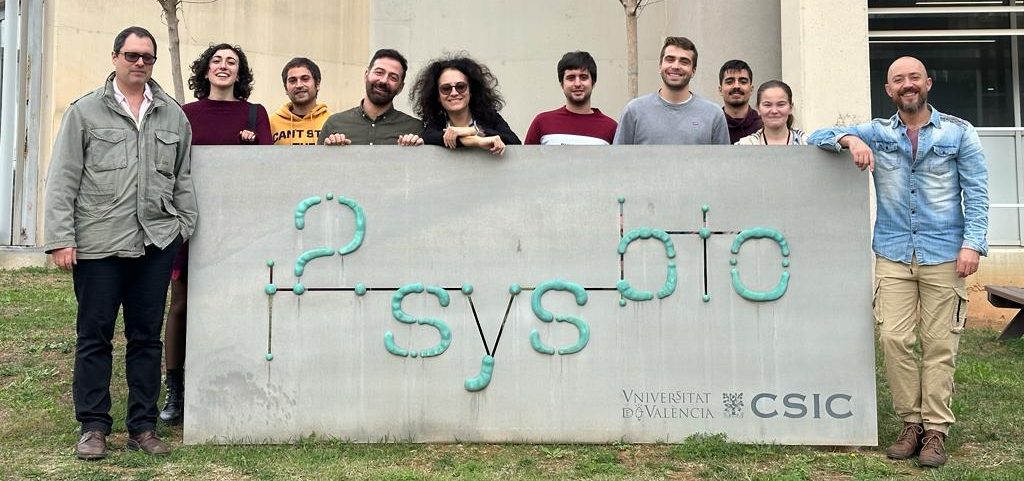the most intriguing type of communication between plants and insects
Human Frontiers Science Program supports research on plant-pollinator interactions with the participation of the University of Torino, I2SysBio and University of Technology Sydney.
Photo by Raymond J. C. Cannon
‘Good Vibes’ aims at dissecting the molecular and physiological mechanisms of plant responses to distinct vibroacoustic signals (VAs) emitted by approaching insects, using Antirrhinum (snapdragon) as a model. Since Antirrhinum flower visitors have unequal efficiency as pollinators and emit characteristic VAs, it is supposed that plants are able to recognise effective pollinators by sensing their specific VA signatures.
We postulate that VA-elicited snapdragon responses affect pollinator behaviours, with effects on pollen transfer, and consequently in plant reproductive fitness. Specifically, the project addresses the following fundamental questions:
The project will involve three units: Insect-Behaviour Unit led by Francesca Barbero (University of Turin, Italy), Engineering-Modelling Unit led by Sebastian Oberst (University of Technology Sydney, Australia), and Plant-Physiology Unit led by José Tomás Matus (Institute of Integrative Systems Biology, UV-CSIC).
»Not only the ultimate functions of VAs in plant biology are poorly understood, but there is a gap in the knowledge also in the proximate mechanisms of VAs production, perception, transduction and transmission.»
The team will characterise the molecular and physiological mechanisms of plant responses to distinct VAs emitted by flower visitors, by assessing differences in plant sensitivity, perception thresholds and detection of frequency ranges or temporal components. Flower-shape and receptor-sensing/signal-transduction related genes will be edited by CRISPR-Cas and tested to analyze VA-sensing processes and structural features potentially evolved to enhance plant VA transmission.
Good Vibes state of the art.
Our project is based on the following premises
Vibroacoustic (VA) signals combine airborne sound and substrate-borne vibrations. Sounds and vibrations are among the most widespread means of animal communication (Wilkins et al. 2013), for which they fulfill key roles as mating, defence, or social coordination (e.g., Ryan & Cummings 2013; Suzuki 2011; Barbero et al. 2009).
These responses can greatly impact several aspects of plant biology and ecology. Among these, changes in the growth rate of germination (e.g., Jung et al. 2018, Chowdhury et al. 2014), thigmo-morphogenetic responses (Telewski, 2006, 2021), increased photosynthetic ability (Meng et al. 2012), modifications in gene expression (Jeong et al 2008) or phytohormone production (Bochu et al. 2004) were detected in different plant species in response to VA stimulations (Gagliano et al. 2012; Gagliano 2013; Joshi et al. 2019).
VAs can also be used in plant-insect communication acting as alarming or benevolent signals. Sounds produced by chewing herbivores were observed to promote plant defences against herbivores (Appel & Cocroft 2014). In contrast, substrate vibration (sonication) of buzzing bees can enhance plant’s pollen release, thus increasing pollination (De Luca & Vallejo-Marin 2013). Similarly, bat-pollinated plants have evolved morphological structures to increase the attraction of specific mammal pollinators by exploiting their echolocation systems (Schöner et al. 2016).
However, there is a gap in the knowledge also in the proximate mechanisms of VA productions, perception, transduction and transmission.
To the best of our knowledge, there is only one preliminary work correlating an improvement in plant rewards to pollinator VA signalling. Studying the evening primrose (Oenothera drummondii), Veits and colleagues (2019) found that a rapid sweetness enrichment in nectar occurred after the plants were treated with pollinator VA stimuli. Still, this study did not perform a detailed quantification of sugar types throughout different time-points, neither inspected underlying molecular mechanisms nor tested the plant reproductive success experimentally.
Featured videos


